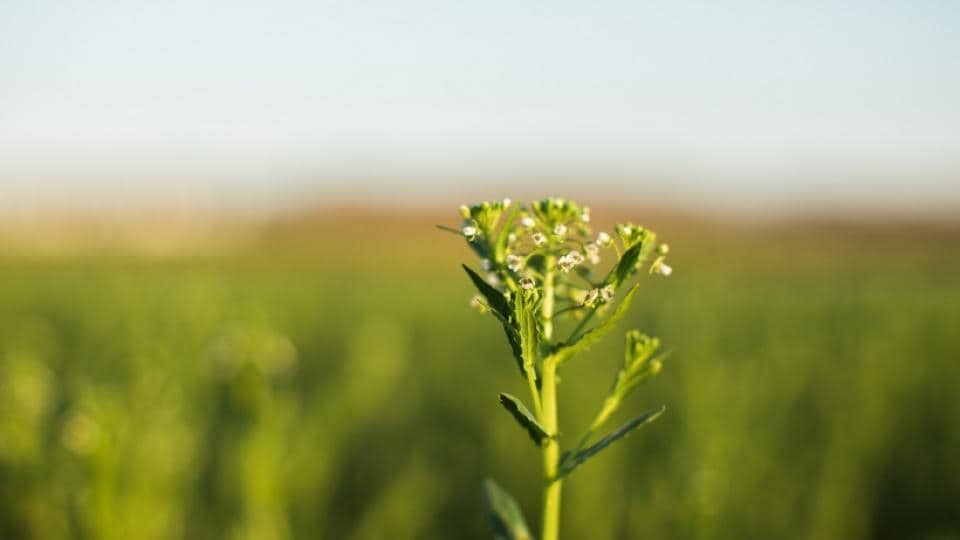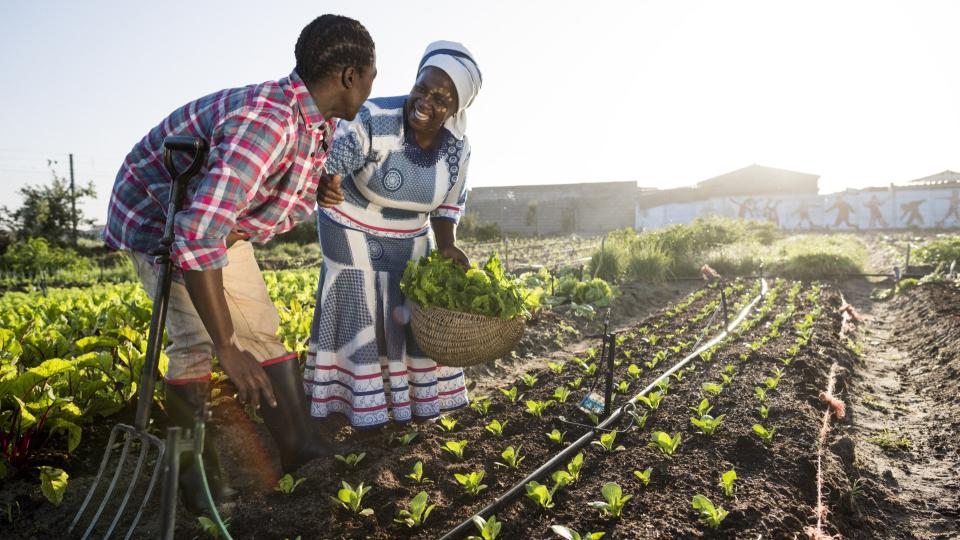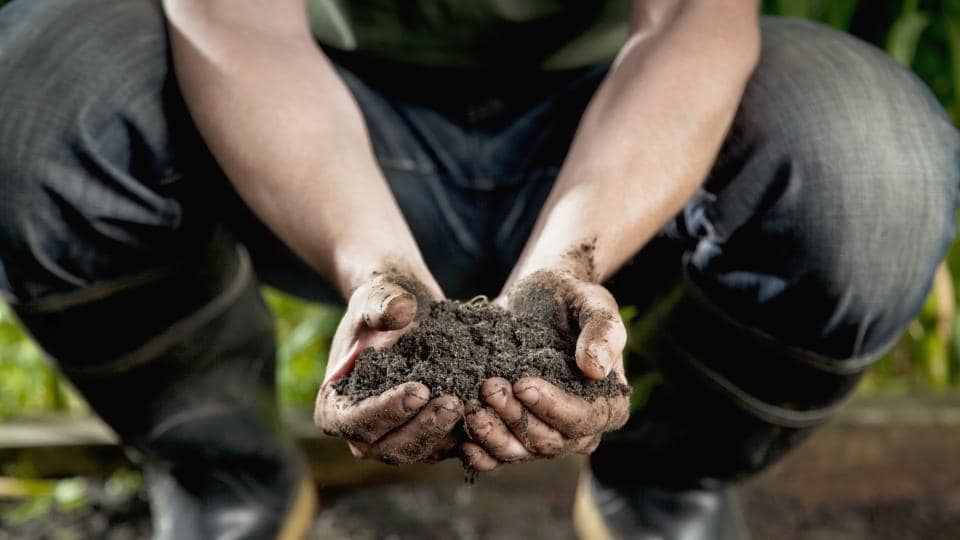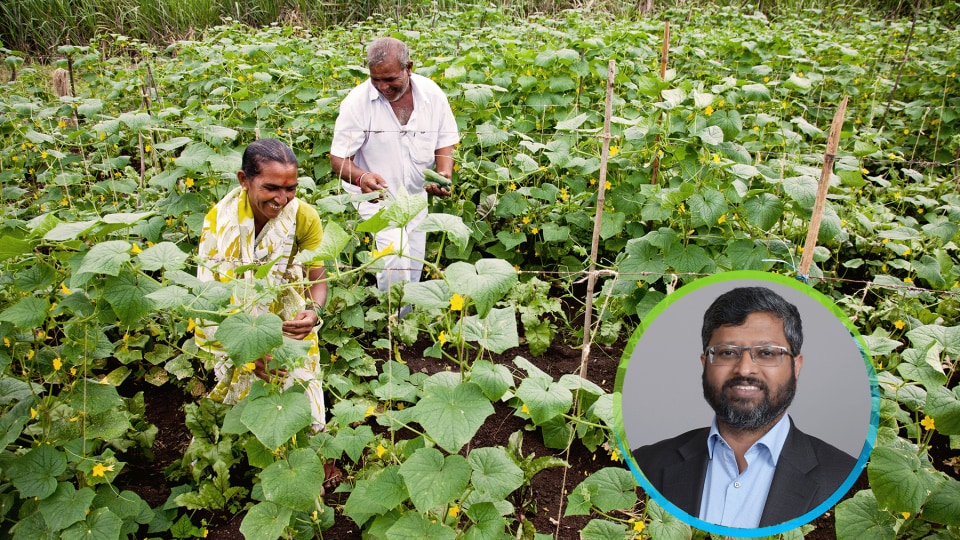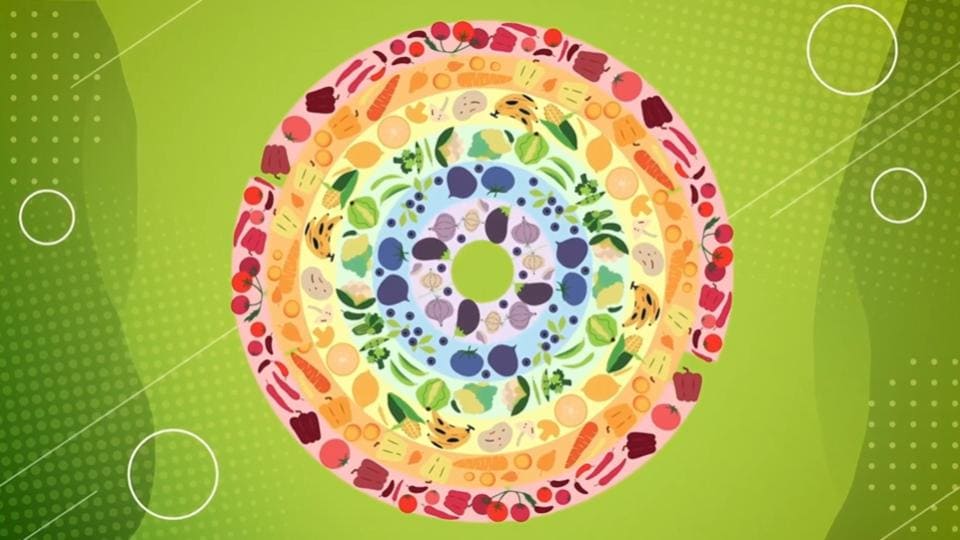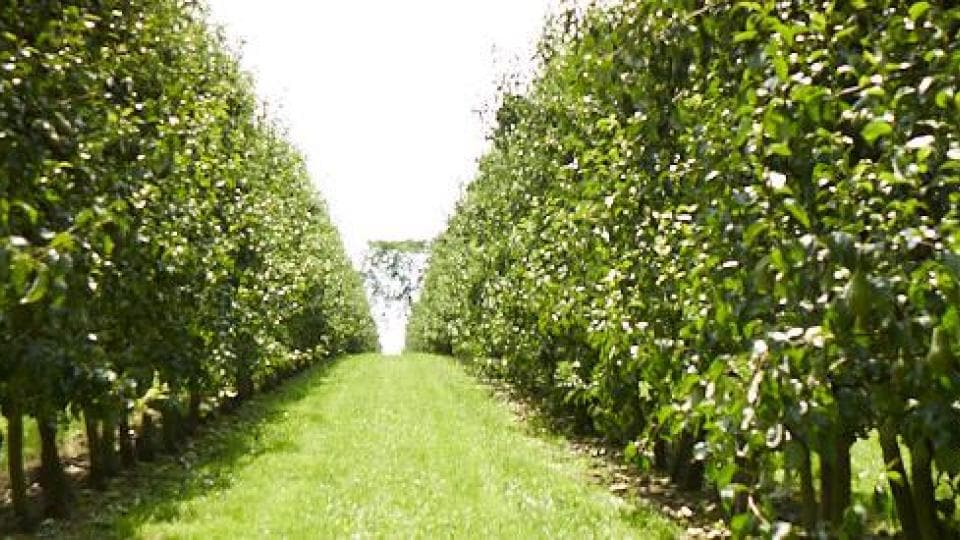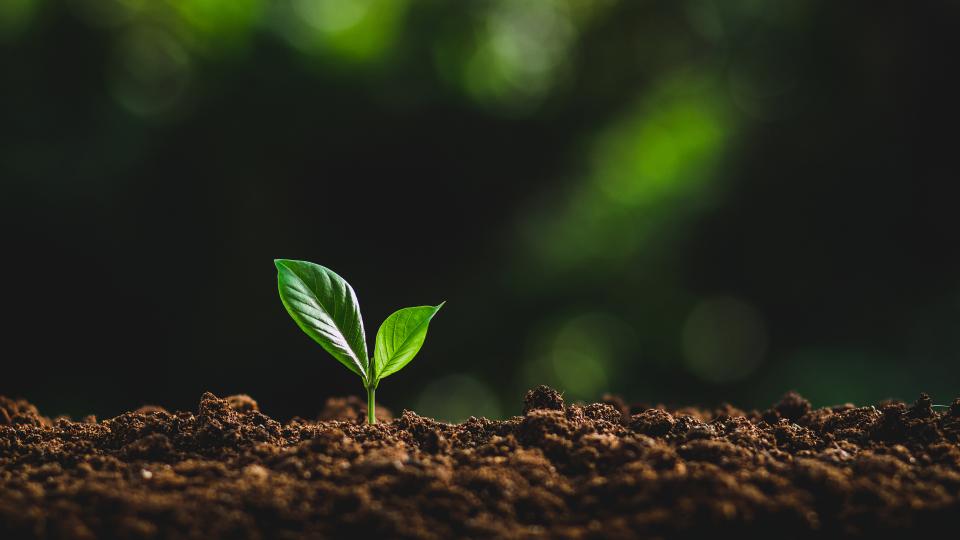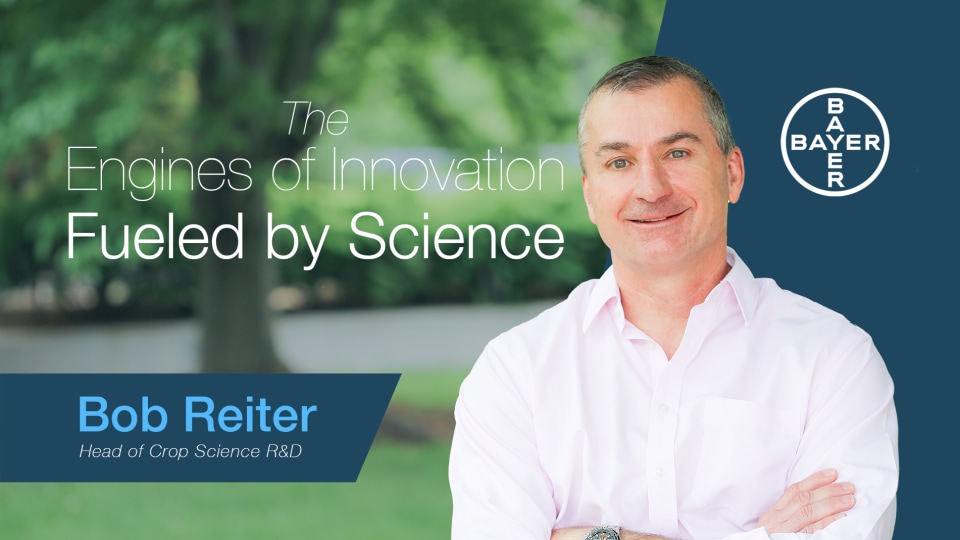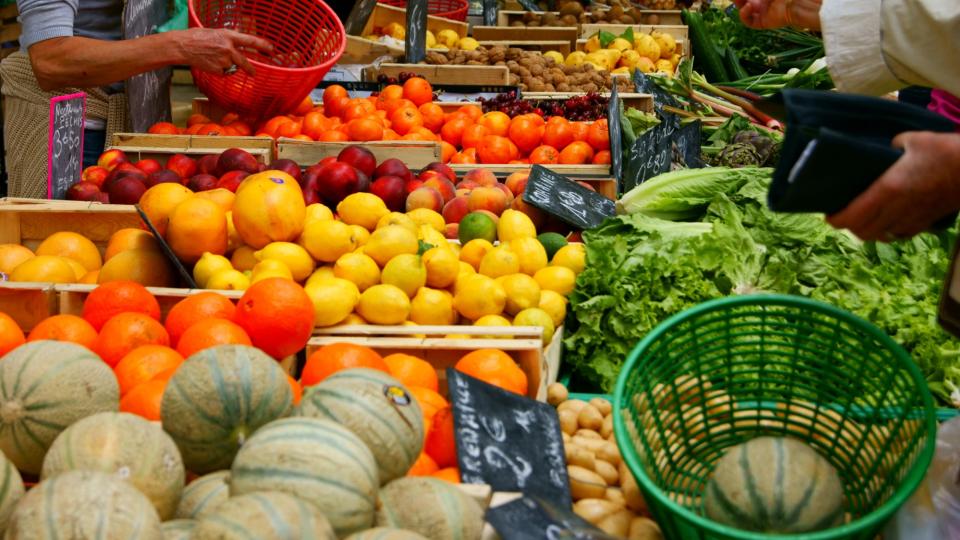How Smarter Corn Production Could Help Sustainably Weather Climate Change

What challenges do growers today face to produce nutritious and enough food while protecting the ecosystems and avoiding crop and food losses? Record breaking heat waves, devastating wildfires, prolonged droughts, intense windstorms, and historic flooding: across the globe extreme weather events have become the new normal, creating unprecedented challenges for the planet. Climate change and the intensification of extreme weather is endangering lives, our ecosystems, and food security— all this in a time when global demand for food is rising. And the next great sustainable agricultural innovation that could also tackle climate change is a smarter corn production system.
Human behavior – especially our emissions of greenhouse gases – has played a major factor in the global warming trend over the last century. Different parts of the world are warming at different rates, but according to a U.S. National Climate Assessment, the average global temperature has increased by about 1 degree Celsius (1.8°F) between 1901 to 2016. While there are many factors at play, experts agree that the rise in global temperatures is contributing to extreme weather events.
Once rare occurrences of extreme weather events like tropical cyclones and hurricanes are globally becoming more routine, intense and destructive, according to current research on global warming and hurricanes from the Geophysical Fluid Dynamics Laboratory (noaa.gov). Meanwhile, growers also face with increasing uncertainty, pests, diseases and weeds. Growing food under such conditions becomes increasingly challenging, threatening to decrease the quantity and quality of our food.
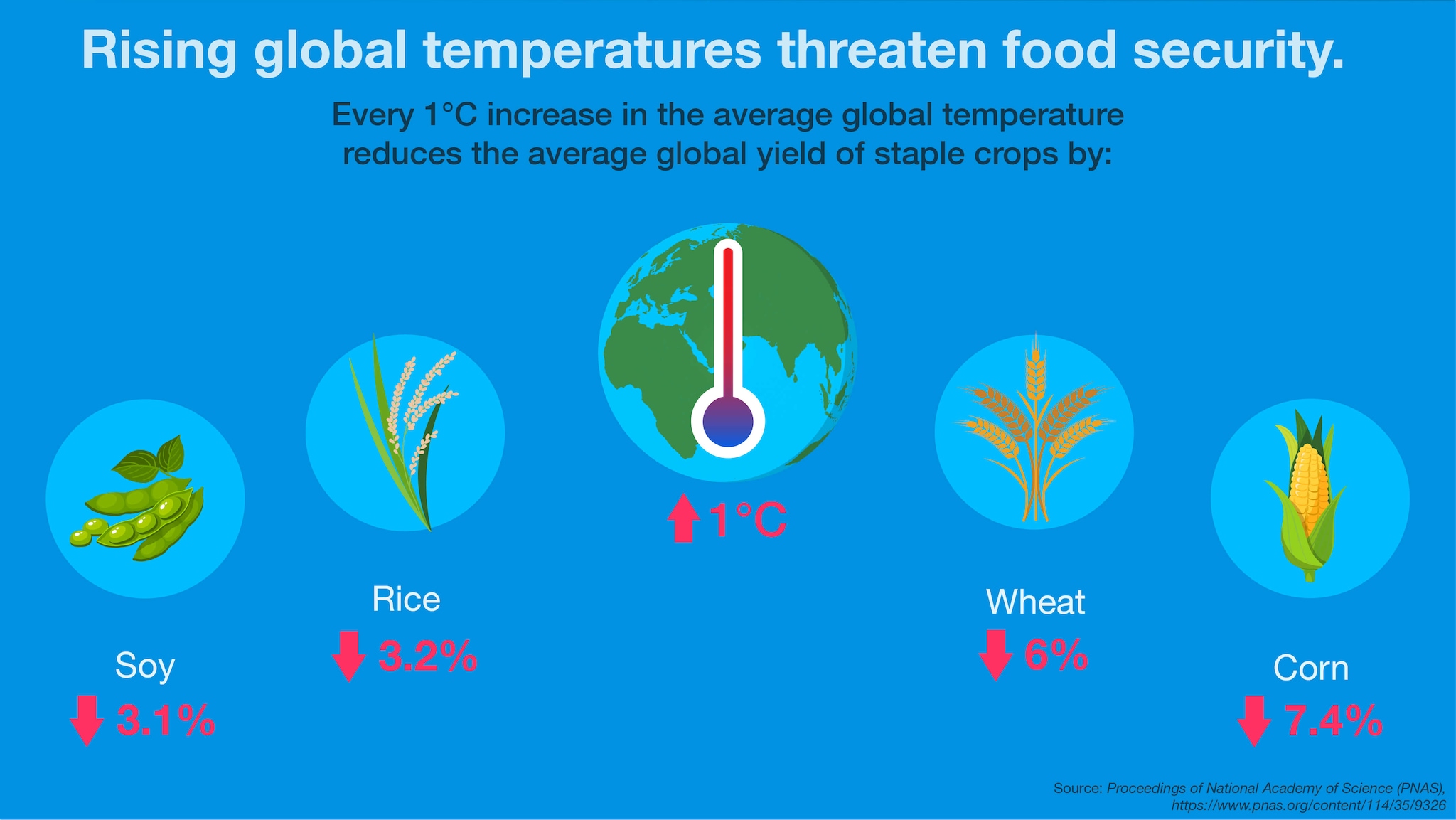
Potential sustainable benefits of the system
The ability of short corn to withstand wind and more volatile weather patterns enables to the planting at higher densities in the system, where applicable, and have a greater degree of confidence that the crop will be harvestable. The season-long access will provide farmers new opportunities and possibilities. With our knowledge of the system and our digital recommendations, we can help farmers develop and adopt more sustainable farming practices in their operations, and this can result in less greenhouse gas emissions and better use of inputs.
How Can Modern Agriculture Help Solve Crop Loss Due to Climate Change?
Agriculture is front and center in the climate crisis, both in its vulnerability to increasingly devastating weather patterns and as a source of greenhouse gas emissions. Agriculture, however, can also benefit the environment in some ways, for example, by helping to put carbon back into the ground. Soil has significant potential to store carbon and to mitigate the effects of climate change, which means climate-smart agricultural practices like planting cover crops and choosing to implement no-till farming can be part of the solution. These practices help soil hold water and boost overall soil health. Digital tools as part of an integrated system are already helping farmers to grow as efficiently and environmentally friendly as possible. One new promising breeding innovation is a shorter stature corn plant that is one of the key enablers of the new Smart Corn System.
Throughout the history of agriculture, we have constantly made progress: with scientific discoveries and new practices increasing the amount of food we can produce per hectare. But at this pivotal moment, we need more than incremental gains: we need entire new systems that optimize our inputs and outcomes, create sustainable opportunities, and enable growers to benefit directly from these new ways of producing crops.
When it comes to corn – the second most widely-grown crop in the world – this is exactly what the Smart Corn System sets out to achieve. Announced in early 2022 and being launched globally across this decade, the Smart Corn System harnesses the benefits of Short Stature Corn in a way that fits every grower’s situation, delivers maximum benefits, and paves the way for precise, sustainable farming.
See the Smart Corn System in Action
Learn more about the VITALA Project, the forerunner of the Smart Corn System, which is already underway in Mexico. In this video the researcher behind VITALA, two Bayer experts and a local farmer discuss how the innovation helps farmers be more sustainable.
Can Short Stature Corn Be the Key Enabler of the System Providing Everything We Need and Less of What We Don’t Need?
At the heart of the Smart Corn System is Short Stature Corn hybrids, which grow 30-40% shorter than the conventional corn that is currently grown worldwide. These hybrids provide a number of benefits, with a maximum height of 7 feet. Short Stature Corn varieties provide several potential sustainable benefits for battling extreme weather, including better standability stability, and allowing more precise application of crop protection products.
A shorter stature plant is not a new idea. The innovation is inspired by the work of plant breeder and Nobel Peace Prize winner Dr. Norman Borlaug, who in the mid- 1940s-1950s developed new varieties of stronger, shorter stature wheat to produce more and thrive in a wide range of environments. Borlaug promoted increasing the productivity of agriculture as a potential tool to control deforestation by reducing the demand for new farmland. Since the success of Borlaug’s shorter varieties of wheat, researchers have been exploring shorter plant architecture. Today you can find shorter varieties in rice, sorghum and other cereals. But in corn, it was historically difficult to achieve the desired height without impacting or tassel development, which would reduce yield. That is until now.
Short Stature Corn hybrids are notable enough on their own. But when combined with tailored and data-led prescriptions for planting density, field placement and product application, it becomes something truly transformative: an integrated platform for growing corn that supports growers holistically and enables the benefits of the hybrid to shine through. A Smart Corn System!
What Are the Advantages of the Smart Corn System to Address Climate Change?
Because Short Stature Corn grows lower to the ground, it is sturdier and less likely to break in high winds than traditional corn. Dr. Manuel Oyervides Garcia, the researcher behind VITALA, explains: “Short Stature Corn has exceptional stalks and roots with a lodging resistance not present in other maize hybrids. Short Stature Corn is minimizing the lodging impact caused by climate change helping farmers achieve their harvest goals.”
In addition, Dr. Oyervides Garcia notes research from his team in Mexico has shown the system to be more tolerant to drought and have "advantages in the efficiency of photosynthesis because the corn stays longer before harvest".
- 1/3
- 2/3
- 3/3



This shorter corn hybrid is also easier to walk into and allows ground equipment to operate in the fields throughout the season, giving farmers a chance to better scout and protect their crops more precisely and cost effectively. The ability to use ground equipment rather than having to access the crops aerially also means an improved greenhouse gas footprint.
Finally, by combining the hybrid with tailored placement prescriptions, the Smart Corn System creates the possibility of planting corn more densely, which allows growers to produce more on the same amount of land.
Results from the VITALA Project in Mexico (More information in the sidebar: See the Smart Corn System in action) indicated the potential to grow 20-30% more plants per hectare. And increasing production without expanding land use preserves land for biodiversity.
Farmer Miguel Palazuelos, who participated in local grower in-field trials, the benefits of the system for him: “For us farmers lodging can represent 40% to 50% loss, for me VITALA has been a great support for better yields, better use of soil, and better use of water”. This Smart Corn System is proving to be a transformational way of producing that enables sustainable intensification of corn production, allowing farmers to be more productive and utilize inputs and natural resources more efficiently. And increasing production without expanding land use, preserves land for biodiversity.
How Can We Feed a Growing Population?
As climate change and extreme weather impact crop yields, the stakes for global food security become even higher. It is expected that 10 billion people —an increase of about 3 billion people —will live on earth by 2050. That means a 70% increase in food production is needed in the next 30 years. It is estimated that there are already nearly 690 million people who are food insecure in the world today. The current COVID-19 crisis and the war in Ukraine exacerbates the challenges food systems face, making it even more difficult to achieve zero hunger by 2030, the second of the United Nations’ 17 Sustainable Development Goals. Without solutions to mitigate the impact a changing climate has on our food, millions of more people could be at risk of malnutrition. Bayer continues to invest in tailored integrated systems that drive us toward our own reduced environmental impact commitment. And Short Stature Corn, as the key enabler of the Smart Corn System, is the latest innovation to help farmers meet the needs of a growing population in a changing climate.









